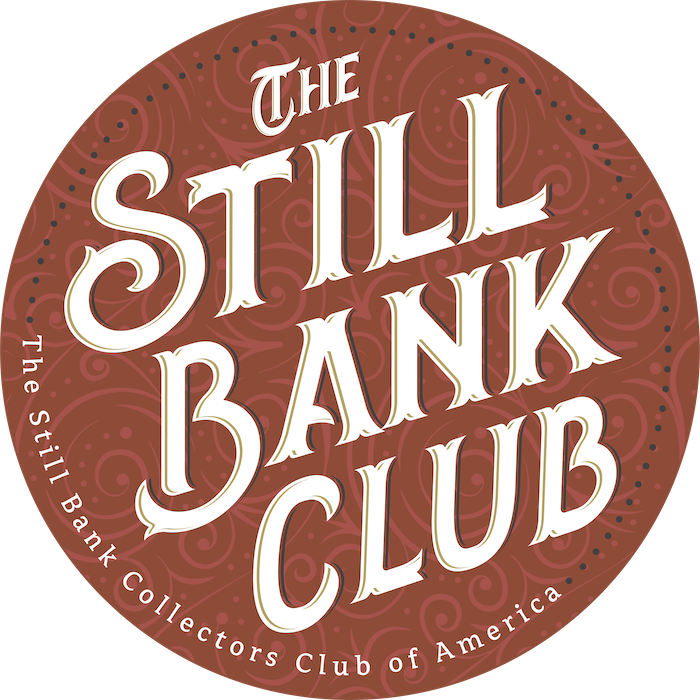Hubley Manufacturing Company
Lancaster, PA
The Hubley Manufacturing Company, often simply known as Hubley, was an iconic American toy manufacturer renowned for its cast-iron and die-cast toys, especially during the early-to-mid 20th century. Established in Lancaster, Pennsylvania, in 1894 by John Hubley, the company produced a wide array of realistic and durable toys, including model vehicles, animal figures, and cap guns. Known for its craftsmanship, attention to detail, and creativity, Hubley became a significant name in American toy history.
Founding and Early Products (1894 - 1920s)
Hubley was founded in 1894 with a focus on producing household items and utilitarian metal goods, similar to other cast-iron manufacturers of the time. However, like many companies, Hubley soon expanded into the toy market as the demand for affordable, durable children’s toys grew. Early Hubley toys included cast-iron still banks, animal figurines, and simple toy vehicles, often hand-painted in vibrant colors.
The company quickly made a name for itself with its high-quality, durable cast-iron toys, which became popular with children and families. Hubley’s products were known for their realistic designs and details, which set them apart from other toy makers.
Expansion into Vehicles and Specialty Toys (1920s - 1930s)
The 1920s marked a period of growth for Hubley, as it capitalized on the popularity of automobiles and expanded its line of toys to include cast-iron model cars, trucks, motorcycles, airplanes, and farm equipment. Hubley became known for its realistic designs, often replicating real-life vehicles with remarkable attention to detail. The company’s car and motorcycle models were some of its best-selling items and featured moving wheels, detailed interiors, and often removable parts.
Hubley’s motorcycle toys, in particular, were highly popular, with some models featuring sidecars or police officers as riders. These cast-iron motorcycles are now among the most collectible of Hubley’s products, prized for their quality and unique designs.
During this time, Hubley also produced cap guns, which were extremely popular with children in the era. These toy guns were made to resemble real firearms and included functional mechanisms that could fire caps, making them especially appealing as playthings for kids interested in cowboys and adventure stories.
Shift to Die-Cast Toys (1930s - 1940s)
In the 1930s, as the cost of producing cast-iron toys rose and lighter materials became more desirable, Hubley began transitioning to die-cast zinc and aluminum toys. This shift allowed for greater detail and easier manufacturing processes while making the toys lighter and more affordable. Die-cast toys also allowed for more sophisticated designs, and Hubley continued to innovate, expanding its catalog to include fire trucks, delivery trucks, construction vehicles, and even airplanes.
The company’s vehicles were often marked by bright, colorful paint and detailed craftsmanship, which added to their appeal. The 1930s through the 1950s is often regarded as Hubley’s golden age, as the company produced some of its most beloved die-cast toys during this period. Hubley’s die-cast vehicles were widely respected for their realism and durability, making them popular not only with children but also with adult collectors.
The Impact of World War II
During World War II, like many American manufacturers, Hubley halted toy production to contribute to the war effort. The company shifted its focus to producing metal goods for military use, such as parts and components, which helped support the war. After the war, Hubley resumed toy production, and the demand for new toys in the post-war economic boom helped the company regain its market position.
Later Years and Plastic Toys (1950s - 1960s)
By the 1950s and 1960s, Hubley began incorporating plastic parts into its toys, reflecting changes in the toy industry as plastic became more common and economical. Some of Hubley’s later products, such as toy guns and model kits, featured a mix of die-cast metal and plastic. The company also produced a line of model car kits, allowing children and adults to assemble their own miniature vehicles. These kits included detailed instructions and paintable parts, giving them an educational component that added to their appeal.
Despite these innovations, Hubley struggled to compete with companies producing fully plastic toys, which were lighter, cheaper, and easier to mass-produce. By the late 1960s, Hubley’s share of the toy market was in decline.
Acquisition and Legacy (1970 - Present)
In 1965, Hubley was acquired by the Gabriel Industries, which continued to produce some of Hubley’s iconic toys, including model kits and die-cast vehicles. However, Gabriel gradually phased out the traditional Hubley designs, and the Hubley name disappeared from the market in the 1970s.
Today, Hubley’s cast-iron and die-cast toys are highly collectible, particularly its vintage cars, motorcycles, cap guns, and animal figures. Collectors prize Hubley toys for their durability, craftsmanship, and historical significance, as they represent a time when toys were built to last and designed with intricate details. Some of Hubley’s rarest models, especially those in good condition with original paint, can fetch high prices at auctions and antique shows.
Historical Importance
Their influence on the American toy industry is still recognized today. The company’s emphasis on realistic, well-crafted models set a standard for quality and detail that inspired future generations of toy manufacturers. Hubley’s toys not only entertained children but also reflected American culture, with designs inspired by popular vehicles, the automotive industry, and a fascination with adventure.
Hubley remains a significant part of American toy history, symbolizing an era of craftsmanship and innovation. Its toys continue to be cherished for their enduring appeal and their role in the early days of American manufacturing and childhood play.




